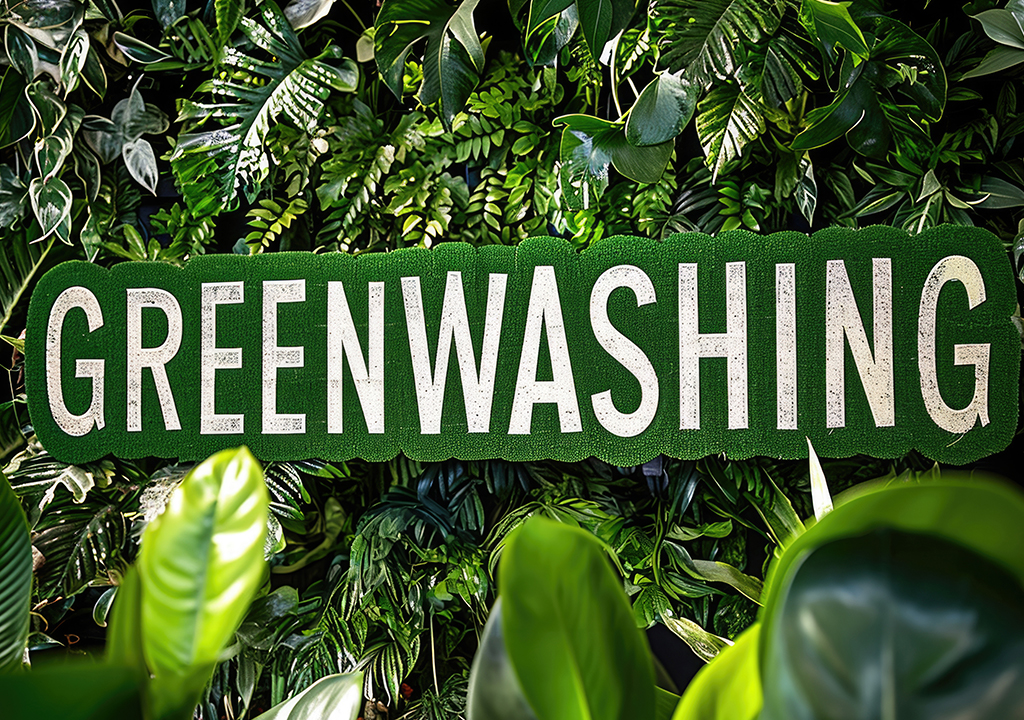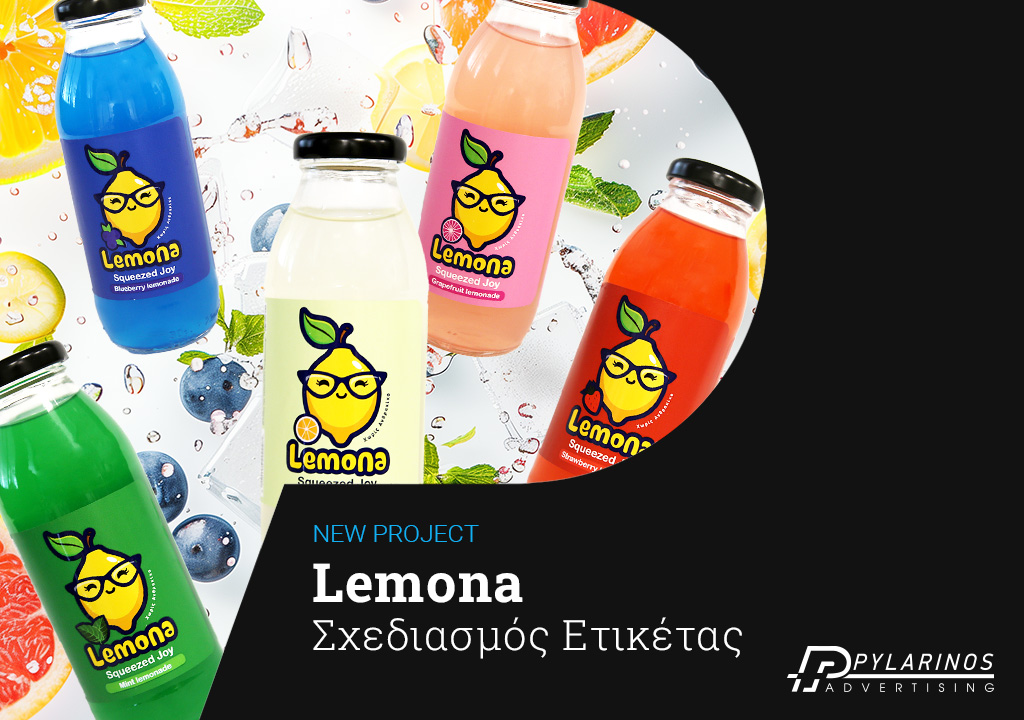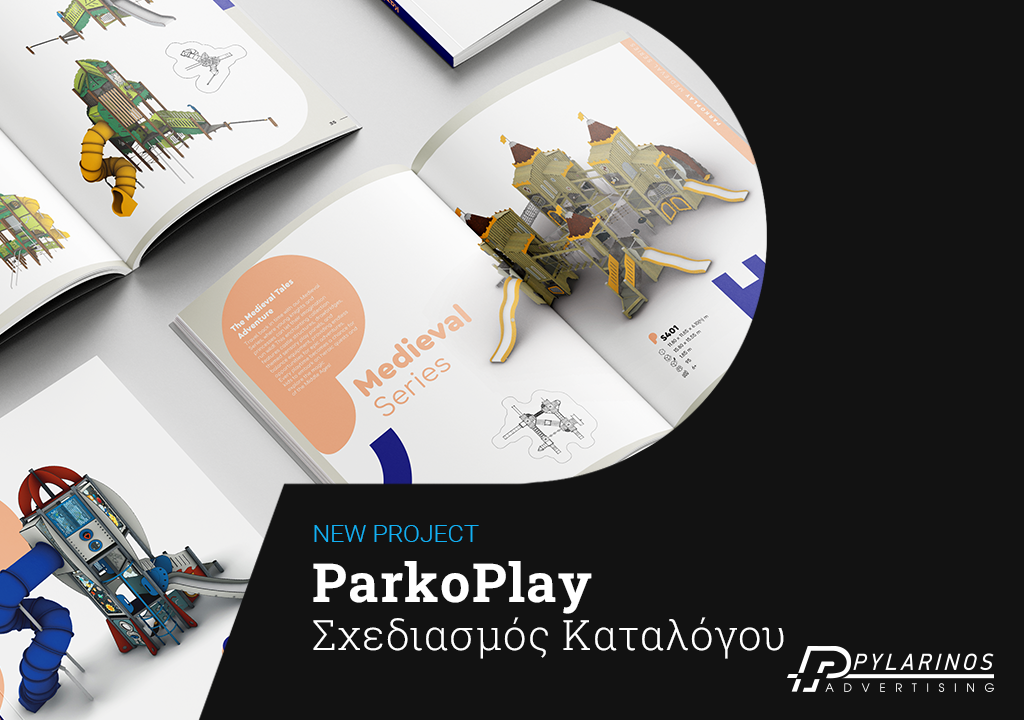As we’ve said before (and won’t stop saying), email marketing is one of the most effective practices you should include in your marketing mix. There are many reasons for this, which we have analyzed in our article here.
However, simply sending an email to your contact list is not enough. If you’re mass-sending the same email content to everyone, chances are your open rates will be close to nonexistent. Even worse, your emails may not reach users’ inboxes at all and end up in the spam folder.
One way to fix this is by segmenting your contacts—known as newsletter segmentation.
What is segmentation?
Segmentation is the process of dividing your contacts based on specific criteria. It allows us to create more targeted newsletters that are more likely to engage the user and be opened.
Without segmentation, it appears as though you’re sending a newsletter just for the sake of it, without considering each user’s specific needs and interests. Moreover, according to Mailchimp data, segmented campaigns have a 14.37% higher open rate and 64.78% more clicks on links within the newsletter. Therefore, a campaign targeting a segmented audience is more likely to be successful.
How can you segment your contact list?
- Based on demographic information
Use basic characteristics such as gender, age, and location. Be careful not to ask too many questions, as you may come off as intrusive. Basic demographic data from your registered contacts can offer valuable opportunities to connect with them. For instance, on International Women’s Day, you could send a special offer to the women on your list. - Based on current interaction with your newsletters
Two key metrics to consider are the open rate (the percentage of contacts who opened your email) and the clickthrough rate (the percentage of contacts who clicked on a link within your newsletter).
By monitoring these metrics, you can distinguish active contacts from less active ones and create content accordingly—to strengthen your existing relationship with the former and offer value-driven content to re-engage the latter.
- Based on the type and frequency of their purchases
What and when a contact made a purchase is perhaps one of the most important criteria, as it shows which product interests them and whether they are a frequent or one-time customer.
Depending on their category, you can create relevant newsletters. For example, someone who bought a phone might appreciate recommendations for related products like headphones, a case, or screen protection. Likewise, a user who hasn’t purchased in six months could be offered an incentive (like a coupon or discount) to buy again.
- Based on their abandoned cart history
A user may leave an item in their cart for various reasons—the most common being high shipping costs or wanting more time to consider the purchase.
You can use this information to persuade them to return and complete their purchase. Effective tactics include offering free shipping or reminding them of their abandoned cart with a discount code to encourage the sale.
Benefits of newsletter segmentation
Segmentation allows you to create targeted and personalized content that demonstrates your brand values and attentiveness to each user’s needs.
Additionally, targeted content is more likely to resonate with users and drive the desired action.
But the most significant benefit is that it deepens and builds a well-founded relationship between you and your audience. Remember, email marketing is another form of communication, and your goal should be to build a meaningful and long-lasting relationship with potential customers by consistently providing value through your content. This will never happen if you don’t understand the unique needs and preferences of each of them.
That’s why contact segmentation and the creation of tailored newsletters is a time-consuming and complex process. At our advertising agency, Pylarinos Advertising in Thessaloniki, we have the team that can help you through this process and deliver the results you’re looking for. Contact us here to take the next step together.













